- Learning time
- 20 minutes
- First play time
- 60 minutes
Portobello Market
Designed by: Thomas Odenhoven
In Portobello Market players take on the roles of rival traders in London’s famous market. The map on the board doesn’t hugely resemble Portobello, to be fair, but for the game’s purposes it’s not hugely important. The game has an element of strategy – in the placement of market stalls – and seam of chance in what customers turn up to browse.
Players start with a set of stalls in a colour of their choosing, and three turn markers numbered 2, 3, and 4. On your turn you choose which of these markers to use and take the matching amount of actions on the board: actions are placing a stall, or adding a customer to the board. Once you’ve used a marker it gets flipped over and can’t be used again until all markers have been used up; thus if you’ve used your 4 and 3 markers already, you have no choice on your next turn but to take 2 actions.
Market stalls go along streets on the map in areas numbered from 1-3. This number is what you’ll score for the stall when two criteria are met: the street is fully populated with stalls, and their is a customer at either end of the street.
Customers are drawn from a bag and come in two colours – the common grey customer, who doesn’t spend a great deal, or the pink customer, who represents a monied aristocrat. What colours end up either end of the street dictate how the stalls score; an aristocrat at either end is worth far more than a couple of grey customers.
You can place customers on any junction on the board, but stalls must be placed near the Bobby, a floating presence who keeps an eye on the market. Moving the Bobby doesn’t cost you an action, but he can cost you money (the score track doubles as your purse) depending whose stalls you are moving past.
Finally you can sacrifice either your x4 or x2 turn markers to score an entire ‘block’ on the board – the two or three streets that join together. Doing so scores you for every market you have in that area, and doesn’t score for other people, so when and where you play these can be a real game-winner.
The game ends when either someone places their last stall, or the last customer is pulled from the bag. If the latter happens then the Baron hops into the last available customer place on the board. The Baron is even more rewarding than the aristocrats, and the only piece that allows incomplete streets to score.
The guru's verdict
-
Take That!
Take That!
Mostly Portobello Market is about maximising your own points, but inevitably - and the longer the game goes on - the more likely you'll get in each other's way. The area scoring can also be used as a spoiling tactic.
-
Fidget Factor!
Fidget Factor!
Fairly low.
-
Brain Burn!
Brain Burn!
There can be pauses for thought, but on the whole Portobello Market is not a heavy game.
-
Again Again!
Again Again!
If the market theme feels fairly thin, the game is still easy to learn and plays quickly - and the randomness of customers can be a nice balancing factor.


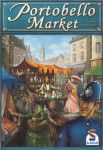
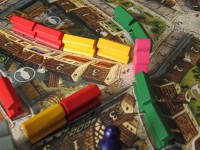
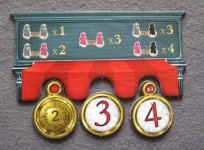


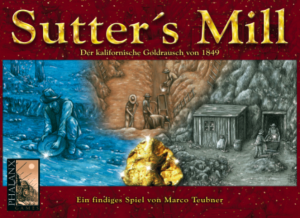
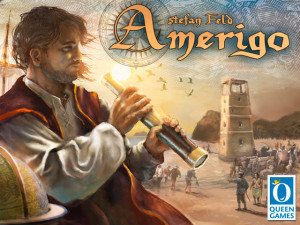
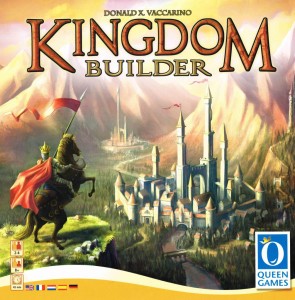

Sam says
Yes it's a rather abstract game that doesn't really feel like it has a great deal to do with markets, trading, or morally compromised policemen. But for all that it's a game with greater depth than first appears - probably not going to be many people's all-time-favourite, but certainly worth the time it takes.